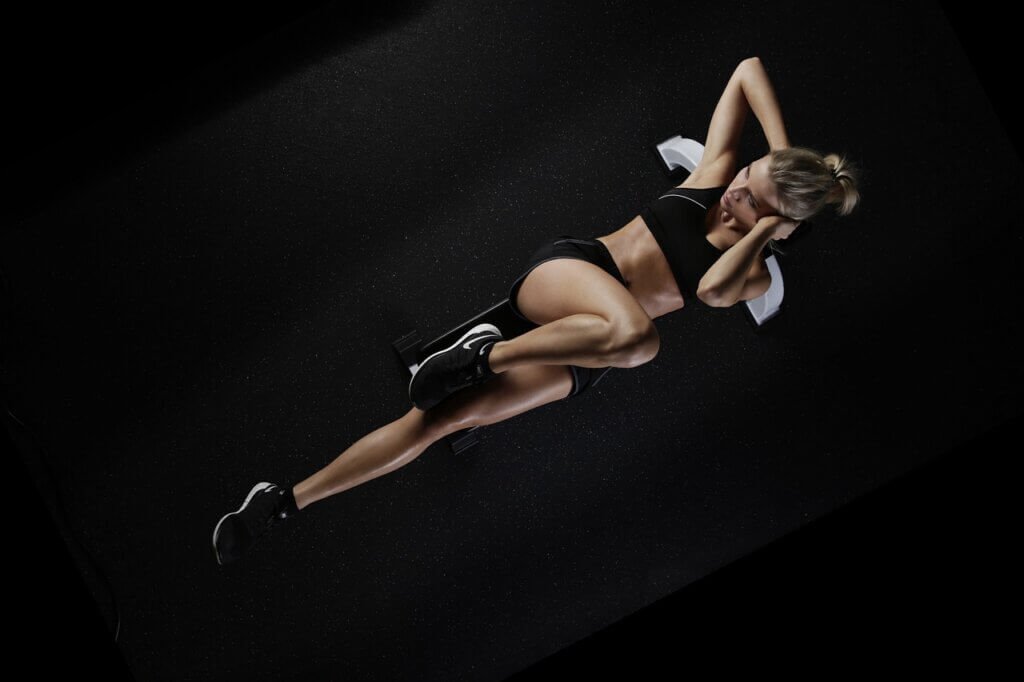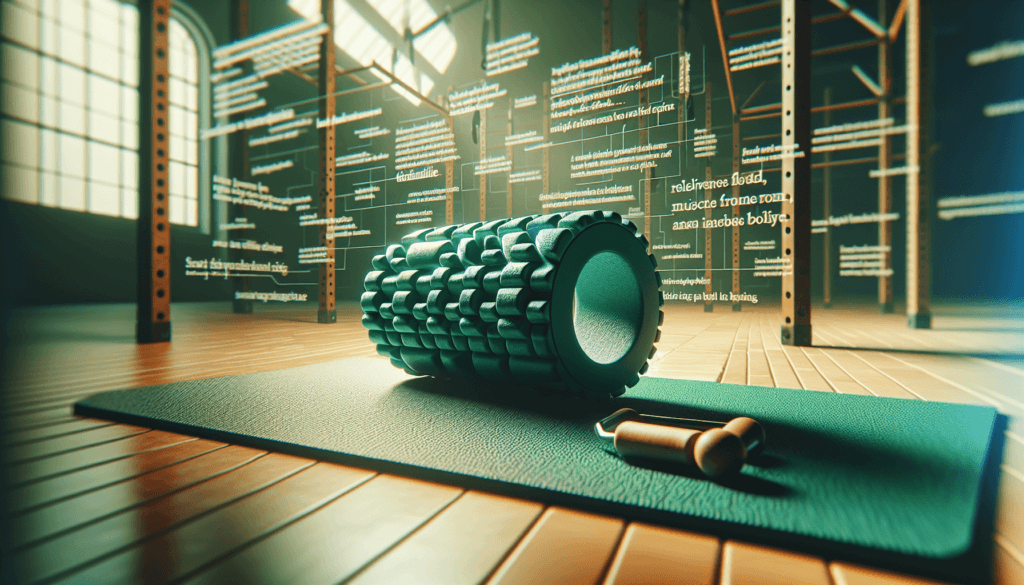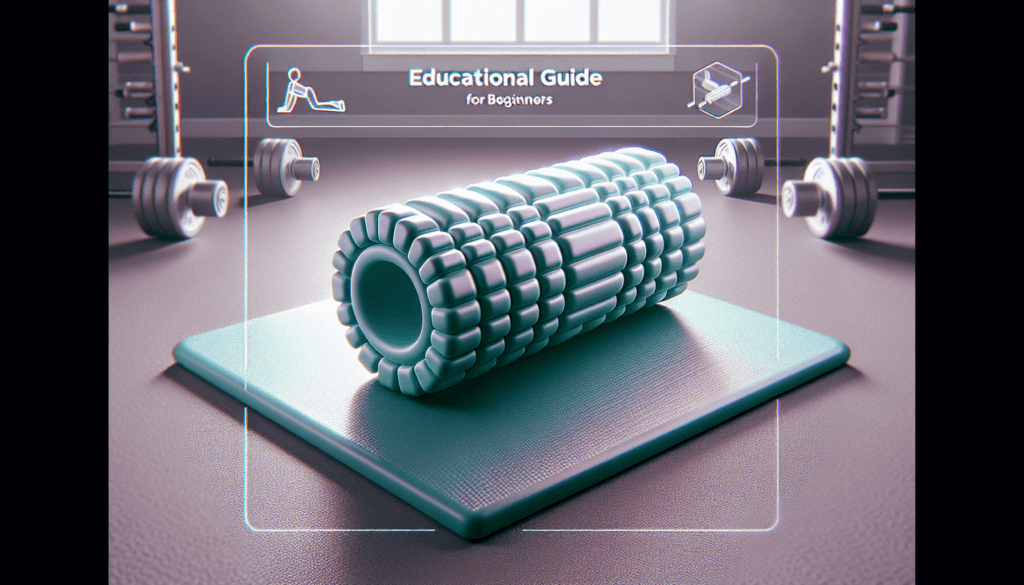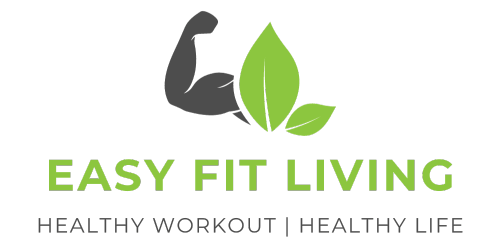If you’re looking to enhance your muscle recovery and improve your overall fitness routine, then look no further than foam rollers. Foam rolling has skyrocketed in popularity as a cost-effective and versatile tool for relieving muscle tension and joint stiffness. In this beginner’s guide, you’ll discover the benefits of using foam rollers, learn how to choose the right one for your needs, and explore various techniques to effectively use them for muscle recovery. So, get ready to roll your way to faster muscle repair and improved performance!

What are Foam Rollers?
Foam rollers are cylindrical-shaped tools made of foam or a combination of foam and other materials. They are commonly used in fitness and physical therapy to apply pressure to muscles and soft tissues in order to improve flexibility, reduce muscle soreness, and aid in muscle recovery.
Definition
Foam rollers are self-massage tools that are used to apply pressure to different parts of the body in order to release muscle tension and improve mobility. They can be used before or after a workout, or at any time when you feel the need to relieve muscle soreness or tightness.
Benefits of Using Foam Rollers
Using foam rollers as part of your muscle recovery routine has numerous benefits. Here are some of the key advantages:
Improved Flexibility: Foam rolling helps to increase joint range of motion and improve overall flexibility by loosening tight muscles and reducing muscle stiffness.
Reduced Muscle Soreness: By applying targeted pressure to the muscles, foam rolling helps to decrease post-workout muscle soreness, allowing for faster recovery and less discomfort.
Enhanced Recovery: Foam rolling promotes blood circulation to the muscles, which can help to speed up the recovery process and reduce inflammation.
Increased Muscle Performance: Regular use of foam rollers can improve muscle performance by increasing muscle response and activation, leading to better overall athletic performance.
Now that you understand what foam rollers are and the benefits they offer, let’s explore the different types available.
Types of Foam Rollers
When it comes to foam rollers, there are several types to choose from. Each type has its own unique features and benefits. Here are the most common types of foam rollers:
High-Density Foam Rollers
High-density foam rollers are the most basic and widely available type of foam rollers. They are firm, durable, and provide a deep massage. These rollers are perfect for individuals with higher pain tolerance or those who prefer a more intense foam rolling experience.
Grid Foam Rollers
Grid foam rollers have a textured surface with raised areas and grooves, resembling a grid or diamond pattern. The raised areas mimic the feel of fingers or thumbs, allowing for deeper muscle release and more targeted pain relief. Grid foam rollers are versatile and can be used for various muscle groups and body parts.
Vibrating Foam Rollers
Vibrating foam rollers, as the name suggests, have built-in vibration motors that enhance the foam rolling experience. The vibrations help to further relax muscles and increase circulation. These rollers are especially effective for individuals with muscle tightness or chronic pain.
Now that you know the different types of foam rollers available, it’s important to choose the right one that suits your needs.
Choosing the Right Foam Roller
To ensure you get the most out of your foam rolling experience, it’s crucial to choose the right foam roller for your specific needs. Consider the following factors when selecting a foam roller:
Consider Your Needs
Before choosing a foam roller, think about what you want to use it for. Are you primarily looking to improve flexibility, reduce muscle soreness, or aid in muscle recovery? This will help determine the type and characteristics of the foam roller that will best suit your needs.
Density and Firmness
Foam rollers come in various densities, ranging from soft to firm. Softer foam rollers are better suited for beginners or individuals with sensitive muscles, while firmer rollers provide a more intense massage. Consider your pain tolerance and massage preferences when choosing the density and firmness level of your foam roller.
Size and Length
Foam rollers come in different sizes and lengths. Longer foam rollers are generally more versatile and are suitable for larger muscle groups, while shorter ones are better for targeting specific areas. Consider the size and length based on the muscles or body parts you intend to target.
Texture and Surface
The texture and surface of a foam roller can greatly affect your foam rolling experience. Some foam rollers have smooth surfaces, while others have ridges, bumps, or grids. Experiment with different textures to find one that provides the desired level of pressure and relief for your muscles.
Now that you have selected the right foam roller, it’s time to learn some foam rolling techniques to maximize its benefits.
Foam Rolling Techniques
Foam rolling techniques can vary depending on your goals, whether it’s warming up before a workout, recovering after a workout, or targeting specific muscle groups. Here are some common foam rolling techniques:
Pre-workout Foam Rolling
Foam rolling before a workout can help to enhance muscle activation and range of motion. Focus on rolling over the muscle groups you will be using during your workout, such as the calves, quadriceps, and glutes. Spend a few minutes on each muscle group, applying moderate pressure to release tension and increase blood flow.
Post-workout Foam Rolling
Foam rolling after a workout is crucial for reducing muscle soreness and aiding in recovery. Pay attention to the muscles you have worked out, and spend extra time on any areas that feel particularly tight or sore. Apply moderate pressure and roll slowly to ensure you effectively release any tension or knots in the muscles.
Targeting Specific Muscle Groups
Foam rolling can be used to specifically target certain muscle groups that are commonly tight or prone to injury. For example, rolling the IT band can help alleviate knee pain and promote hip alignment. By focusing on specific areas and using proper technique, you can effectively release tightness and improve mobility in those muscles.

Common Foam Rolling Mistakes
While foam rolling can be highly beneficial, it’s important to avoid common mistakes that can undermine its effectiveness or even lead to injury. Here are some common foam rolling mistakes to avoid:
Rolling Too Fast
Rolling too fast over a muscle doesn’t allow enough time for the muscles to release and relax. Take your time and roll slowly to give the muscles adequate pressure and tension release.
Applying Excessive Pressure
Applying too much pressure can be counterproductive and lead to increased muscle tightness or discomfort. Start with light to moderate pressure and gradually increase it as your muscles become more accustomed to foam rolling.
Ignoring Pain or Discomfort
While some discomfort is normal during foam rolling, it’s important not to ignore sharp pain or excessive discomfort. If a specific area is causing severe pain, it’s best to avoid rolling on it and consult a medical professional if necessary.
Skipping Warm-up or Stretching
Foam rolling should be used in conjunction with a proper warm-up and stretching routine. Skipping these essential steps can increase the risk of injury and minimize the benefits of foam rolling. Always warm up before foam rolling and follow it up with stretching exercises to optimize muscle recovery and flexibility.
Now that you’re aware of common foam rolling mistakes, here are some tips specifically for beginners to help you get started on the right foot.
Foam Rolling Tips for Beginners
If you’re new to foam rolling, it’s important to start slowly and gradually build up your routine. Here are some tips to keep in mind as a beginner:
Start with Light Pressure
As a beginner, it’s best to start with light pressure and gradually increase it as your muscles become more accustomed to foam rolling. This will help prevent any unnecessary pain or discomfort.
Roll Slowly and Steadily
Rolling slowly and steadily allows your muscles to release tension and knots more effectively. Avoid rushing through the process and take your time to target each muscle group.
Focus on Breathing
Deep breathing can help relax your muscles and make the foam rolling experience more comfortable. Focus on breathing deeply and exhaling as you roll over each muscle.
Experiment with Different Angles
Try experimenting with different angles and positions to find what works best for your body. Rolling at different angles can help target specific areas and provide different sensations of relief.
Use Proper Form
Maintaining proper form during foam rolling is essential for effective results and to avoid injury. Make sure you engage your core and maintain good posture as you roll over each muscle group.
Now that you have a good grasp on foam rolling techniques and tips, consider incorporating additional tools and accessories to enhance your muscle recovery routine.

Additional Tools and Accessories
While foam rollers are effective on their own, there are other tools and accessories that can complement your foam rolling routine. Here are some popular options:
Foam Rolling Stick
A foam rolling stick is a convenient alternative to a traditional foam roller. It features a central roller with handles on either side, allowing for more controlled and targeted muscle release. Foam rolling sticks are particularly effective for the arms, legs, and smaller muscle groups.
Vibrating Foam Roller
For an enhanced foam rolling experience, you can opt for a vibrating foam roller. The built-in vibration motors provide extra relief and help to further release muscle tension and promote relaxation.
Massage Balls
Massage balls are small, firm balls that can be used to target specific trigger points or smaller muscle groups. They are often used in conjunction with foam rolling for more targeted pain relief and muscle release.
Foam Roller Cover
A foam roller cover is a washable and removable cover that can be placed over your foam roller. It adds a layer of comfort and protection to your foam roller, and it can be especially useful if you prefer a softer or smoother surface.
Now that you have a variety of tools at your disposal, here are some common foam roller exercises to incorporate into your routine.
Common Foam Roller Exercises
Foam rollers can be used for various muscle groups and body parts. Here are some common foam roller exercises to help release tension and promote muscle recovery:
Calves
To target your calf muscles, sit on the floor with the foam roller underneath your calves. Apply moderate pressure and roll from your ankles to just below your knees. Spend extra time on any tight or sore spots.
Quadriceps
To foam roll your quadriceps, start by lying face down on the floor with the foam roller under your thighs. Use your arms for support and roll from your hips to just above your knees. Be sure to target both sides of your thighs.
Hamstrings
For the hamstrings, sit with one leg extended and place the foam roller underneath your thigh. Roll from the gluteal area to just above the knee, focusing on any tight or tender areas. Switch legs and repeat.
Glutes
To target the glutes, sit on the foam roller with one leg crossed over the opposite knee. Shift your weight to one side and roll over the gluteal area, pausing on any tight spots. Switch sides and repeat.
Upper Back
To foam roll your upper back, lie down with the foam roller positioned horizontally across your back, just below your shoulder blades. Support your head with your hands and use your feet to roll back and forth, targeting any tight areas.
IT Band
To release tension in the IT band, lie on your side with the foam roller positioned just below your hip. Use your forearm for support and roll from your hip to just above your knee. Repeat on the other side.
Foam rolling not only aids in muscle recovery but also offers several other benefits.

Foam Rolling and Muscle Recovery
Foam rolling is a valuable tool for muscle recovery due to its numerous benefits. Here are some ways foam rolling can help in the muscle recovery process:
Improved Circulation and Blood Flow
Foam rolling promotes blood circulation to the muscles, ensuring that oxygen and nutrients are delivered more efficiently. This increased blood flow accelerates the removal of waste products and reduces inflammation, helping muscles recover faster.
Breaking Up Myofascial Adhesions
Myofascial adhesions are areas of muscle tissue that have become stuck or “knotted” together. Foam rolling helps break up these adhesions, allowing for better muscle function, increased range of motion, and reduced pain.
Reduced Muscle Soreness and Pain
Foam rolling stimulates the sensory receptors in the muscles, which can help to alleviate muscle soreness and pain. By rolling over tight or tender areas, the pressure and release help to reduce discomfort and promote muscle recovery.
Enhanced Flexibility and Range of Motion
Regular foam rolling can help improve flexibility by loosening tight muscles and increasing joint range of motion. This improved flexibility reduces the risk of injury, enhances athletic performance, and allows for more efficient movement patterns.
Now that you understand the benefits of foam rolling for muscle recovery, let’s discuss how to incorporate it into your routine effectively.
Incorporating Foam Rolling into your Routine
To get the most out of foam rolling, it’s important to incorporate it into your routine strategically. Here are some tips for effectively integrating foam rolling into your muscle recovery routine:
Frequency and Duration
Foam rolling can be done daily or as needed, depending on your level of physical activity and muscle tightness. A good starting point is to foam roll for 10-15 minutes each day, focusing on the muscles you have worked or feel tight.
Combining with Stretching and Mobility Exercises
Foam rolling should be used in conjunction with stretching and mobility exercises to maximize its benefits. After foam rolling, perform static or dynamic stretches and mobility exercises to further improve flexibility and mobility.
Listening to your Body
Pay attention to your body’s signals when foam rolling. If a particular muscle feels too sensitive or uncomfortable, adjust the pressure or skip foam rolling that specific area. It’s essential to prioritize your comfort and safety during the foam rolling process.
In conclusion, foam rollers are versatile tools that can greatly enhance your muscle recovery routine. They offer numerous benefits such as improved flexibility, reduced muscle soreness, and enhanced muscle performance. By choosing the right foam roller, using proper techniques, and avoiding common mistakes, you can effectively incorporate foam rolling into your routine. Whether you’re a beginner or an experienced athlete, foam rolling can be a valuable addition to your fitness and recovery journey. So grab a foam roller, roll away the tension, and enjoy the many benefits it has to offer.



